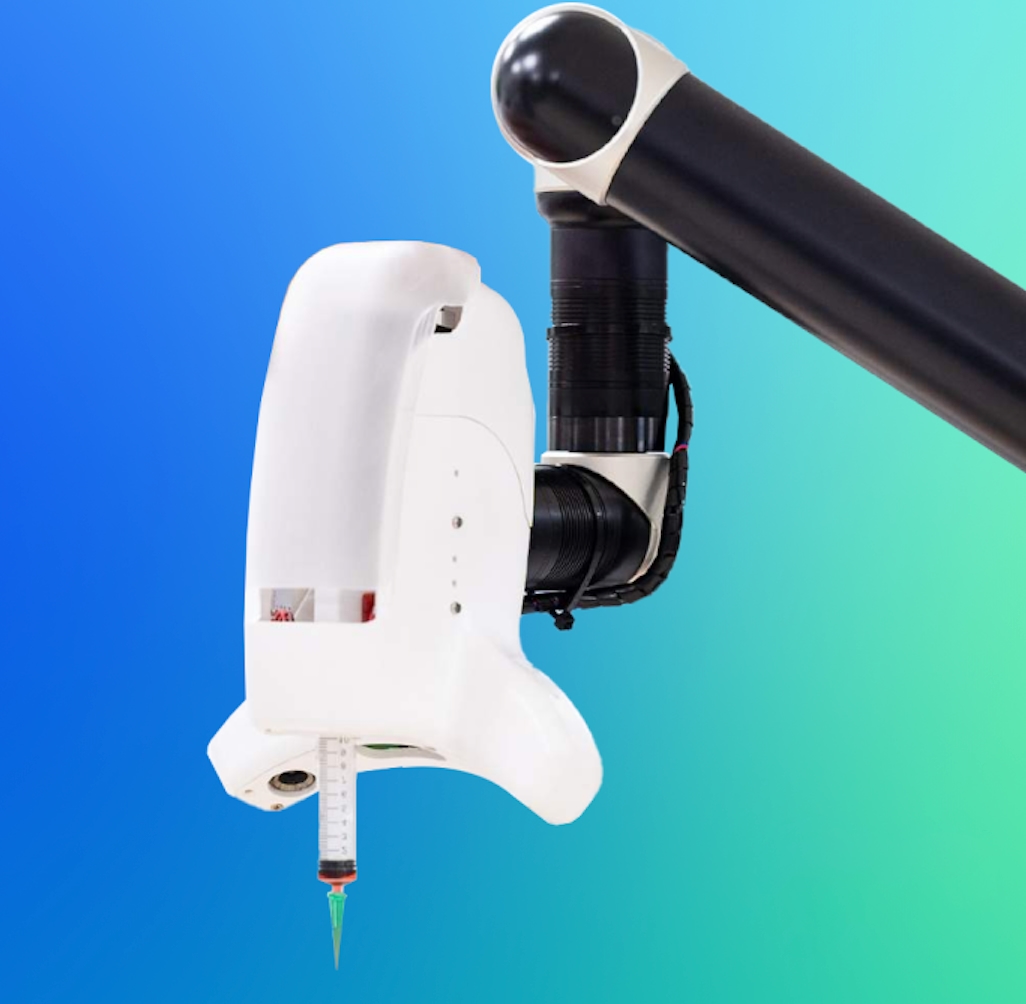Catalog
Equipment
2224 products
View:
- Selected: 0Areas of use
- Selected: 0Item names
- Selected: 0Manufacturer
- Selected: 0Made in
- Selected: 0Additional
View:
2224 products
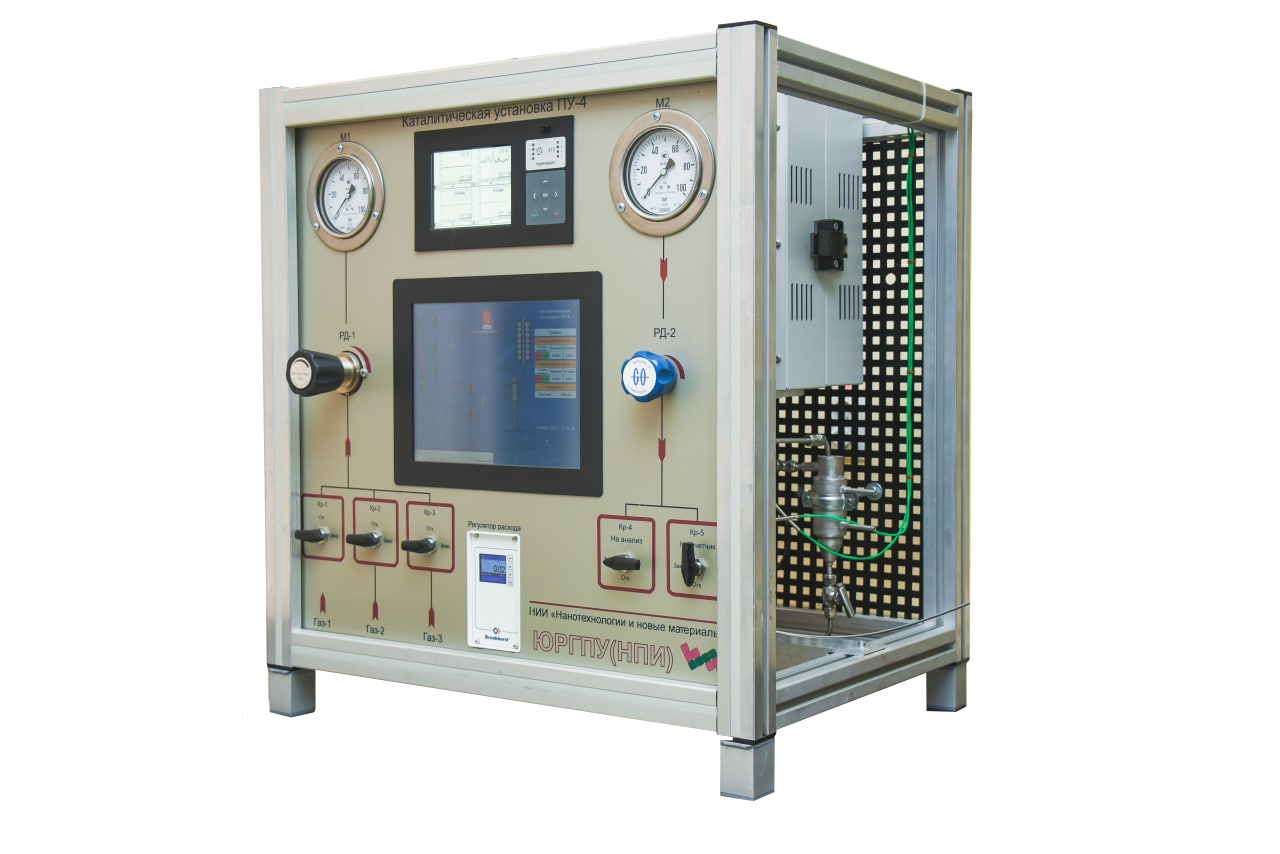
PU Desktop laboratory catalytic unit
The PU desktop laboratory unit is an automated installation based on a mini–reactor with a fixed layer that has a volume of up to 1.5 cm3. The PU desktop laboratory unit is designed to perform kinetic studies, evaluate the properties of catalysts, model catalytic processes, test the stability of catalysts and sorbents.
For maximum compliance with the customer's requests, the installation has a modular design with the possibility of adding new options.
Main advantages:
1. Compactness;
2. Real-time parameter monitoring;
3. Easy maintenance;
4. Operation safety;
5. User-friendly interface.
Applied tasks
1. Hydrogenation/dehydrogenation processes of hydrocarbons;
2. Fischer-Tropsch synthesis;
3. Catalytic cracking and isomerization;
4. Reforming of natural gases;
5. Hydrogenation processes;
6. Catalytic oxidation;
7. Hydrotreating processes.
Basic equipment
1. Gas supply unit
2. Reactor unit
3. Separation unit
4. Sampling unit
5. Unit for measuring the volume of the outgoing gas
6. Control unit
YURGPU(NPI) FGBOU VO "YURGPU(NPI) IMENI M.I.PLATOVA"
Novocherkassk
Produced in: Rostov region, Novocherkassk
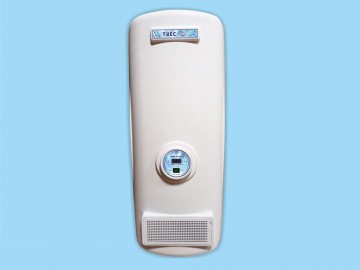
UV-bactericidal universal air recirculator irradiator (wall-mounted, series)
from
13 500 ₽
TVES
Tulinovka
Produced in: Tambov Region, Tulinovka
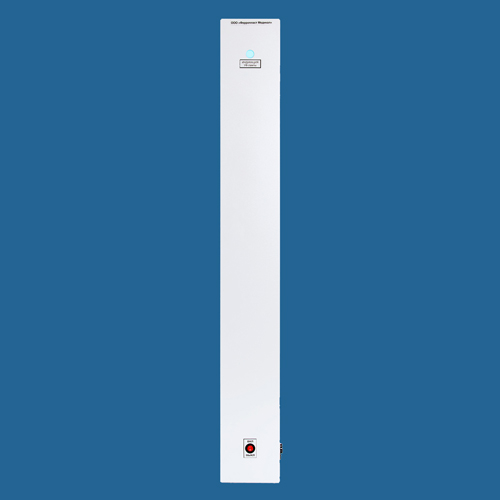
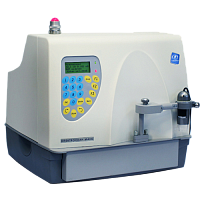
MAX-GF1(2)E-C Spectrometer
The X-ray fluorescence spectrometer SPECTROSCAN MAX-GF1(2)E-C combines two methods of detecting an analytical signal: diffraction on a crystal (wave dispersion - WDX) and energy dispersion (EDX) method, as well as sample delivery adapted for the analysis of large-size images. The collimation of the primary radiation of the X-ray tube and the special design of the sample presentation make it possible to analyze the sample over an area of 1 cm2 in 1 mm increments, and thus investigate the distribution of elements over an area.
The spectrometer is designed to determine the contents of elements in the range from Ca to U in substances in solid, powdery, dissolved states, as well as deposited on the surface or deposited on filters. With the help of fixed energy dispersion channels, any one or two additional elements in the range from magnesium (Mg) to calcium (Ca) can be determined.
With the help of this modification of the spectrometer, forensic and customs examinations, judicial and forensic medical examinations, as well as art-historical examinations are carried out.
NPO Spektron
Saint Petersburg
Produced in: Saint Petersburg
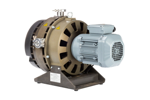
NVSp-35 Spiral Vacuum Pump
The NVSp-35 dry vacuum spiral pump can operate continuously at an inlet pressure of no more than 10 kPa (75 mm Hg), pumping out one or more sealed vessels with a total volume of no more than 3.5 m3 from atmospheric to residual pressure during the day. Pumping of vessels of the specified volume with leakage is allowed, but the leakage should not cause an increase in pressure at the pump inlet of more than 10 kPa (75 mm Hg).
Vakuummash
Kazan
Produced in: Kazan
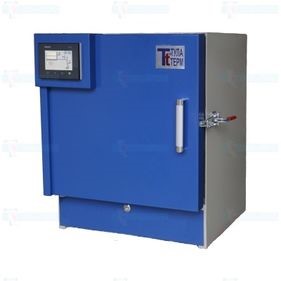
Vacuum drying cabinet with automatic control SNVS-40/3.5
The series is designed for heat treatment according to pre-created programs. The presence of remote control and a number of software options allows you to use the product for long-term heat treatment modes.
Vacuum drying cabinets can be used for:
- gentle drying of thermo- and oxygen-sensitive substances, such as food, medicinal, cosmetic products;
- complete removal of residual moisture from heat-sensitive components with a complex shape, such as components of electronic equipment, jewelry, watches and other precision mechanics;
- removal of air when filling the molds with a compound, followed by solidification at a given temperature;
- removing air from the product and replacing it with another necessary gas medium;
- tempering, annealing or aging of metals with the appropriate processing temperature in a vacuum or protective environment;
- drying of products after washing in flammable solvents (special version);
- testing devices under low pressure conditions under various temperature conditions.
Tula-Term
Tula
Produced in: Tula
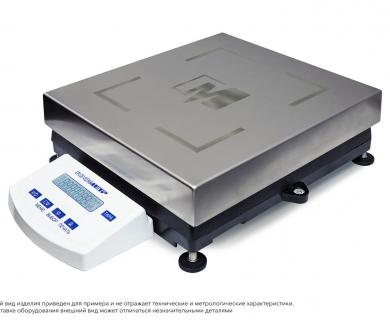
Platform scales ERW-52S
from
114 990 ₽
Technical characteristics:
NIP, KG52
Discreteness, g1
Self-calibration
The size of the weighing platform, mm350x320
The smallest weighing limit, g5
Accuracy class according to GOST OIML R 76-1-2011II is high
Limits of error allowed during initial verification, goth 5g to 5 kg incl. ±0.5; sv.5kg to 20kg incl. ±1.0; sv.20kg to 32kg incl.± 1.5
Dust and moisture protection (IP)54/65 (on request)
The setting time, s, no more than 3
The weight adjustment is built-in
5-year warranty
Gosmetr
Saint Petersburg
Produced in: Saint Petersburg
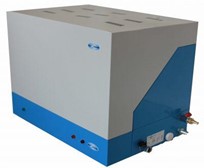
Water distiller AWD-3000F
Distillers of the company "BELAKVILON" are designed to produce distilled water from tap water.
3 — 3.5 l/h
Dimensions (mm),
W x D x H
410 x 335 x 490
Heater 3.0 kW
Cooling water consumption, l/h about 30 — 50 l/h
Power supply
230 V ±10%, 50 Hz
Switch
Differential automatic
Water level sensors
Reed floats
BELAKVILON
Minsk
Produced in: Belarus, Minsk
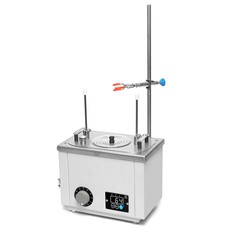
LB11-Sh Laboratory bath
It is intended for thermostating samples in glasses, flasks and other laboratory utensils in cases where high accuracy of temperature maintenance is not required and good uniformity of the temperature field in the working volume is not needed.
The operating temperature range is Current +5...+200 °C.
One workplace with a diameter of 110 mm with five steel O-rings.
Stamped steel tub with a volume of 2.5 liters and a depth of 60 mm.
Bath volume 2.5 l
Overall dimensions 405x345x610 mm
The open part of the bath is 235x130 mm
Weight 5 kg
Power consumption 2.5 kW
Termeks
Tomsk
Produced in: Tomsk
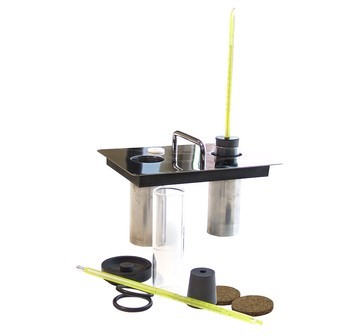
A set of LAB-CTT devices for determining the flow temperature of petroleum products
The composition of the kit:
LOIP FT-311-80 cryostat cover of special design 1 pc.
A flat-bottomed test tube with a label of 2 pcs.
Rubber ring-shaped gasket 4 pcs.
Stopper with a hole for a thermometer 2 pcs.
A disk made of cork 2 pcs.
Cooling bath cover 2 pcs.
LOIP
Saint Petersburg
Produced in: Saint Petersburg
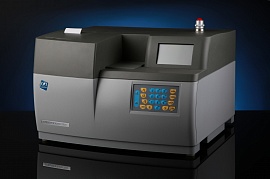
Chlorine and Sulfur Analyzer SPECTROSCAN CLSW
The device is developed on the basis of the analyzer SPECTROSCAN SW-D3, allows you to determine the mass fraction of organochlorine compounds in oil according to GOST R 52247-2004 (method B) and GOST 33342-2015 (method B), the sulfur content in automotive fuel, oil and liquid petroleum products in accordance with GOST R 52660-2006 / GOST ISO 20884-2016 and GOST R 53203-2008 / GOST 33194-2014, as well as to determine the mass fraction of chlorine and sulfur in any liquid samples in accordance with standardized techniques (methods).
Implements arbitration methods for determining the mass fraction of organochlorine compounds in oil and the sulfur content in automobile fuel.
The analyzer has successfully passed the interlaboratory tests under the guidance of JSC "VNII NP" (TK31). As a result of the tests, the accuracy of the method for determining the mass fraction of organochlorine compounds using the SPECTROSCAN CLSW analyzer was found to comply with the requirements of GOST R 52247-2004, method B, and the accuracy of the method was determined in the range of the mass fraction of organochlorine compounds from 1 ppm to 50 ppm.
Determination of the mass fraction of organochlorine compounds in oil involves sampling of oil, distillation of naphtha fraction (204 ° C), washing of naphtha from hydrogen sulfide and inorganic chlorides. An internal standard is introduced into naphtha extracted from oil – a solution of bismuth in a non-polar solvent and an analysis is carried out.
When determining the sulfur content, the analysis is carried out without additional sample preparation.
The analyzer is a proprietary development of NPO "SPEKTRON". The device is manufactured in St. Petersburg mainly from domestic components. There is a conclusion of the Ministry of Industry and Trade on the production of products in the territory of the Russian Federation.
The operator's actions when performing measurements are minimized:
- the number/name of the sample is entered from the built-in keyboard;
- the sample is poured into two cuvettes;
- the obtained samples are placed in the analyzer and measurements are started.
The analyzer performs all subsequent actions automatically without operator involvement:
- calculates and displays the chlorine and/or sulfur content in the sample;
- calculates convergence - the difference in determining the mass fraction of an element in the first and second samples;
- prints measurement results on the built-in printer.
NPO Spektron
Saint Petersburg
Produced in: Saint Petersburg
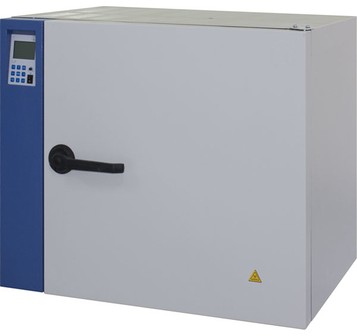
Drying cabinet LF-120/300-VS2
Design features:
Programmable microprocessor temperature controller;
Three programs of ten steps with the ability to set temperature, temperature change rates and exposure time;
Manual heating mode with timer with sound notification;
Reliable and stable Pt 100 temperature sensor;
Four-sided heating;
Forced air circulation in the working chamber;
Camera material – stainless steel;
Backlit graphic display;
Conveniently located control panel;
Sound and light alarm when the current temperature exceeds the limits of the permissible interval;
Independent overheating protection circuit with separate temperature sensor;
Reliable door closing mechanism;
High-quality silicone sealer;
Highly efficient thermal insulation of the housing;
The case is made of high-quality sheet steel and painted with heat-resistant powder paint;
Number of shelves: standard – 2, maximum – 8.
Technical specifications:
Maximum heating temperature, °C +300
The error of reproducing the set temperature ° C ± 3
Temperature maintenance error, ° C ± 1
Warm-up time to the maximum temperature, no more, min 45
Dimensions of the working chamber, (WxHxD), not less than mm 440x465x430
Overall dimensions, (WxHxD), not more than mm 785x680x745
Rated supply voltage, 220 V
Rated power, W 2200
LOIP
Saint Petersburg
Produced in: Saint Petersburg
